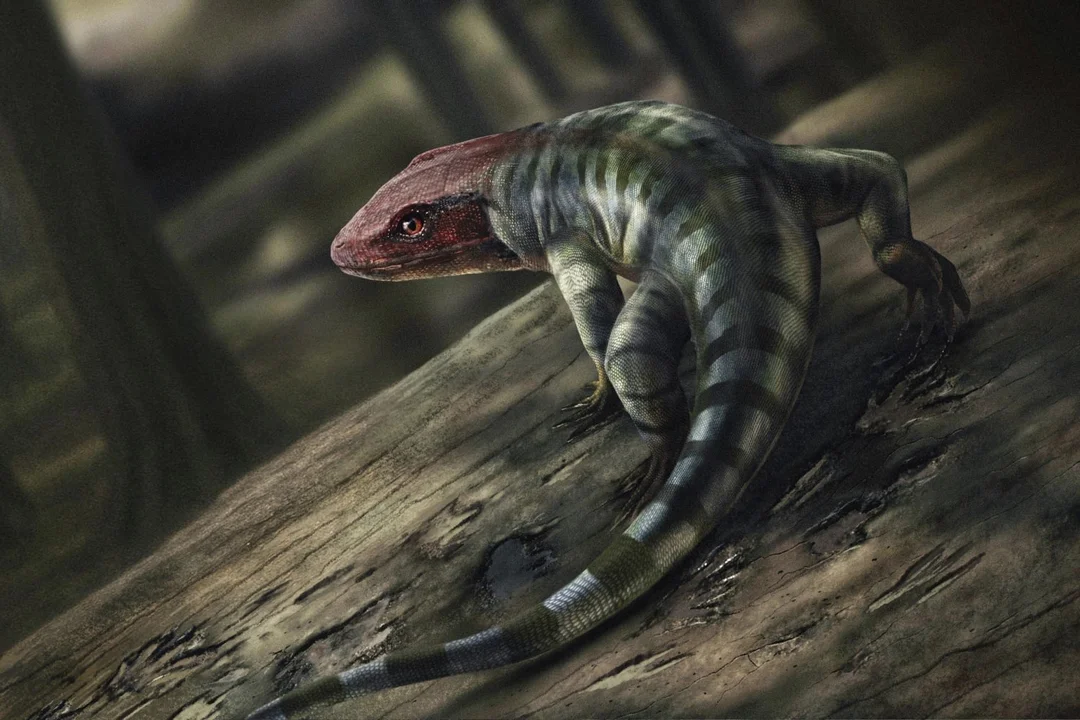
New Discoveries Of Reptile Footprints Challenge Evolutionary Timeline
In a groundbreaking discovery that reshapes our understanding of evolutionary history, scientists have identified the oldest known fossil footprints of a reptile-like animal, dating back approximately 350 million years. This evidence, discovered in Australia, suggests that the transition of species from aquatic to terrestrial life occurred much faster than previously thought, potentially revamping our perception of animal evolution during this significant geological period.
Fossilized footprints found on a slab of sandstone near Melbourne indicate that these prehistoric creatures had adapted to life on solid ground far sooner than the earlier accepted timeline. Until now, the earliest reptilian tracks were believed to be from 318 million years ago, found in Canada. The new findings could entice scientists to reevaluate the mechanisms behind the evolution of land-dwelling creatures.

According to study co-author Per Ahlberg from Uppsala University, the footprints reveal a distinct morphology characterized by long toes and hooked claws, suggesting that the animal was about 2.5 feet in length and likely resembled a modern monitor lizard. The importance of the claws cannot be overstated; they indicate that these animals were fully adapted to terrestrial life, marking a crucial evolutionary milestone.
“The presence of claws is significant; it delineates a major shift in evolutionary history,” says California State University paleontologist, Stuart Sumida. “Animals that lived exclusively on land developed this adaptation, while their aquatic relatives did not.” This finding places the evolution of amniotes—the branch that includes modern reptiles, birds, and mammals—earlier than previously established.
The discovery also sheds light on the environmental conditions of that era. During this time, Earth experienced significant climatic changes, characterized by hot and humid conditions that fostered the growth of vast forests. Australia was positioned as part of the supercontinent Gondwana, providing a lush habitat for these early land animals.

The fossil footprints preserve a fascinating record of the animal's daily activities. The sequence shows one of the reptiles traversing the wet ground just after light rain, leaving an imprint that was later obscured by raindrop dimples. Subsequently, two additional reptiles crossed in the opposite direction. This fossilized record not only showcases what these creatures looked like, but also provides insights into their behaviors and interactions with the environment.
As paleontologists continue to unearth the narratives enshrined in trackways, the implications of these ancient signs guide a deeper understanding of early reptilian life and their evolutionary paths. The findings invite questions about how swiftly life adapted to terrestrial conditions during the major geologic transitions of the past. Could there be undiscovered fossil sites that could further elucidate this pivotal chapter in history? We encourage readers to share their thoughts on this exciting advancement in our understanding of evolution.